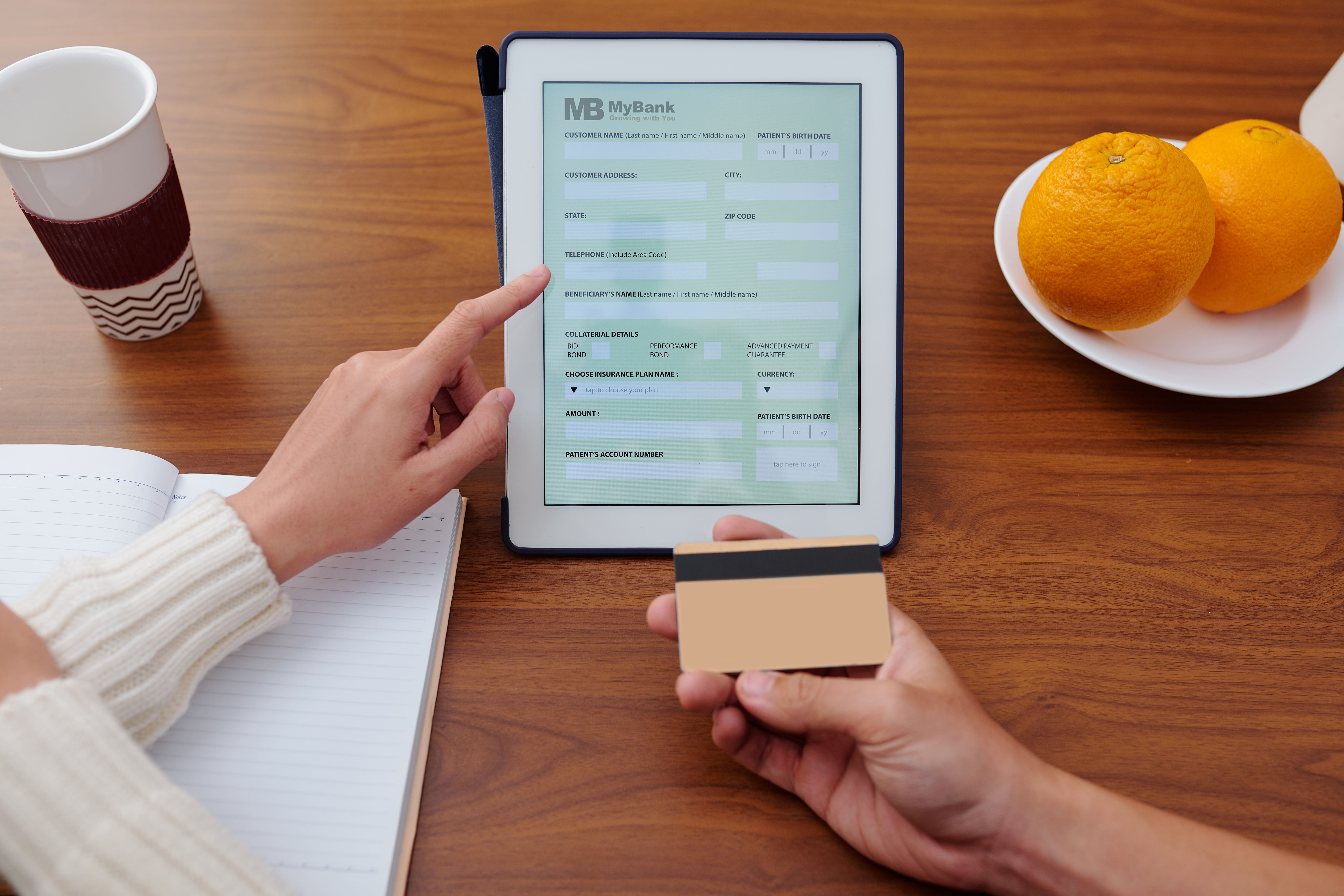Managing rental properties involves more than just collecting rent checks. Savvy real estate investors understand the importance of planning for future expenses, especially large, infrequent ones that can strain cash flow. Establishing a dedicated capital reserve account is a crucial step in protecting your investment and ensuring long-term profitability. This guide explores what capital reserves are, why they are essential, how to calculate how much you need, and the best types of accounts to hold these funds in 2025.
Key takeaways
- Capital reserves are funds set aside for major, infrequent property repairs and replacements.
- They differ from operating reserves, which cover routine maintenance and vacancies.
- Calculating needed capital reserves can involve rules of thumb, percentage methods, or detailed capital spending studies.
- Factors like property age, type, and condition significantly influence reserve requirements.
- Lenders often require specific capital reserve amounts, such as six months of the property's total monthly payment.
- Using a separate business bank account with features like sub-accounts is ideal for managing capital reserves.
What are capital reserves, and why are they essential for landlords?
Capital reserves, often referred to as Capital Expenditure (CapEx) reserves, are funds allocated to cover the cost of replacing major components of a rental property as they wear out. This includes big-ticket items like roofs, HVAC systems, water heaters, appliances, or major renovations.
These are distinct from operating reserves, which cover routine maintenance, minor repairs, tenant turnover costs, and periods of vacancy. A common recommendation for operating reserves is setting aside 15%–30% of gross monthly rent per property.
Prudent investors should maintain reserves for both routine maintenance (operating reserve) and major capital expenses (CapEx reserve). Unexpected major repairs without adequate reserves can force landlords into debt, delay necessary work, or even require selling the property.
Maintaining sufficient capital reserves helps protect your investment, stabilizes cash flow, and ensures you can keep the property in good condition to attract and retain tenants.
How much capital reserve should you have?
Determining the exact amount needed for a capital reserve varies based on numerous factors. Several rules of thumb offer a starting point, though they have limitations. Common strategies mentioned by REI Hub include setting aside a fixed dollar amount per property, a certain number of months of rent, or a percentage of monthly income.
For example, some landlords aim for $5,000 per property or reserve 10% of their monthly rental income. Another approach is to save enough to cover 3-6 months of operating expenses and debt service, though this often blurs the line between operating and capital reserves. While rules of thumb provide a quick estimate, they may not accurately reflect the actual future capital expenditure needs of a specific property. A more detailed approach offers greater accuracy.
How to calculate your rental property's capital reserve needs
Relying solely on rules of thumb can leave you underprepared. Several strategies provide a more accurate picture of your capital reserve needs. Understanding different methods helps you choose the best approach for your portfolio.
Percentage of Rent Method
As mentioned, setting aside a percentage of monthly rent is a simple method. While 10% is a common figure, this percentage might need adjustment based on the property's age and condition. An older property with original systems will likely require a higher percentage than a newly renovated one. This method is easy to implement, but can still be inaccurate for forecasting specific large expenses.
Fixed Dollar Amount Method
Saving a flat amount per property, like $5,000, provides a baseline reserve. This figure might cover some smaller capital items, but is unlikely to be sufficient for a major expense like a roof replacement or HVAC failure. This method is most effective as a minimum threshold rather than a comprehensive capital reserve plan.
The Capital Spending Study Method
The most systematic approach involves conducting a capital spending study. This method requires more effort but yields the most accurate estimate of your property's long-term capital needs. A systematic approach involves inventorying major components, estimating their remaining useful life and replacement cost, and calculating an annual reserve allocation for each.
To perform a study, inventory all major components (roof, HVAC, plumbing, electrical, appliances, flooring, etc.). Estimate the expected lifespan of each component and its current age to determine its remaining useful life. Research current replacement costs for these items. Calculate the annual contribution needed for each item by dividing its replacement cost by its total expected lifespan.
Summing these annual contributions across all components gives you a comprehensive annual capital reserve requirement for that specific property. This detailed method ensures you are planning for predictable future expenditures.
Factors that influence your capital reserve requirements
The amount you need to set aside for capital reserves isn’t fixed. It depends on several property-specific and financial factors. Understanding these helps tailor your reserve strategy and refine calculations.
- Property age and condition: Older properties with aging systems typically require higher reserves. Deferred maintenance can also lead to larger future expenses compared to newer or recently renovated units.
- Property type and location: CapEx needs vary between single-family homes, multifamily buildings, and condos (where some items may be covered by HOAs). Local factors—like coastal weather or regional labor/material costs—also affect reserve needs.
- Number of units: Owning more properties increases the odds of a major repair in any given year. A larger portfolio may require a higher aggregate reserve to maintain financial stability.
- Risk tolerance: Landlords who prefer financial peace of mind may save more than the bare minimum. Risk-tolerant owners might keep lower reserves but must be ready to borrow or cover costs on short notice.
- Lender requirements: Many lenders require minimum reserves at closing. For example, Fannie Mae often requires six months of PITIA. However, smart investors go beyond lender minimums to avoid financial stress.
How to choose the best account for your capital reserve
Where you keep your capital reserve funds is almost as important as having them in the first place. The goal is to keep these funds separate, secure, and accessible when needed, ideally earning some return.
A business bank account is generally recommended for rental properties to separate personal and business finances. This separation simplifies accounting, makes tax reporting easier, and provides a layer of asset protection.
Types of capital reserve accounts to consider
A standard business checking account can hold reserves, but it may not offer the best yield. A business savings account typically offers a higher Annual Percentage Yield (APY) than checking accounts, allowing your reserve funds to grow over time. While accessibility is slightly less immediate than checking, capital reserves are for planned or infrequent major expenses, not daily cash flow.
A business money market account can offer a balance between accessibility and yield, often providing check-writing privileges while earning a competitive APY.
Some financial products designed for landlords offer virtual accounts or sub-accounts within a single business account. These features are excellent for organizing funds by property or separating operating reserves from capital reserves.
Key features to look for
When selecting an account for your capital reserves, consider the APY offered; a higher yield helps your money keep pace with inflation. Accessibility is important; you need to be able to transfer funds quickly when a major repair is needed. Integration with your property management or accounting software can simplify tracking and managing these reserves.
Look for platforms that offer features like unlimited accounts or the ability to create virtual sub-accounts. This allows you to create distinct accounts for each property's capital reserve, making it crystal clear how much is allocated for each investment. Integrating your capital reserve account with your online rental property accounting software provides a consolidated view of your finances.
Setting up and managing your capital reserve account
Once you have calculated your target reserve amount and chosen the right type of account, setting it up is straightforward. Open the dedicated business account and title it clearly, perhaps including "Capital Reserve" or naming it by property if using sub-accounts.
Determine a schedule for funding the account; this could be a fixed amount transferred automatically each month or a percentage of the monthly rent collected.
Regularly review your capital reserve balance and compare it against your calculated needs. Replenish the fund whenever you use it for a major repair. Periodically revisit your capital spending study (perhaps every 3-5 years or after major renovations) to update component lifespans, costs, and recalculate your required reserve amount.
Integrating capital reserves into your overall financial strategy
Capital reserves are just one piece of your property's financial puzzle. They fit within your broader strategy of managing income, rental expenses, debt service, and operating costs. Think of it as part of a layered approach to financial security for your software for real estate investors business.
An integrated financial platform can significantly simplify managing capital reserves alongside other property finances. Tools that combine banking, bookkeeping, and analytics provide a holistic view of your properties' financial health. You can track income and expenses, including contributions to your capital reserve, all in one place.
Using an integrated platform also streamlines processes like collecting rent (which funds your reserves) or managing utility expense management. Systems that offer automated transaction tagging and reporting simplify tracking where your money is going and ensure reserve contributions are properly categorized. Transitioning from manual methods like a rental property expenses spreadsheet to dedicated software provides greater accuracy and efficiency for managing all aspects of your rental finances, including reserves.
Bottom line
Establishing and maintaining a capital reserve account is a cornerstone of responsible rental property ownership. It's the financial safety net that protects your investment from the inevitable costs of major repairs and replacements. While rules of thumb provide a starting point, conducting a capital spending study offers the most accurate forecast of your future needs.
Choosing the right account, such as a dedicated business savings or money market account with features like sub-accounts, helps keep these funds organized and potentially growing.
By integrating your capital reserve planning into your overall financial strategy and using robust property management software or best landlord software, you gain clarity, control, and the peace of mind that comes from knowing you are prepared for the long haul.
FAQs
What is a capital reserve account for a rental property?
A capital reserve account is a dedicated fund for major, non-recurring expenses like replacing a roof or HVAC system. It is separate from operating reserves used for routine maintenance and vacancies. These funds ensure you can cover significant costs without disrupting cash flow or taking on debt.
How much should I save for a capital reserve?
Common rules of thumb suggest saving $5,000 per property or 10% of monthly rent, but a detailed capital spending study is more accurate. Factors like property age, condition, type, and location influence the necessary amount. Lender requirements often mandate at least six months of PITIA in reserves.
What is the best type of account for capital reserves?
A separate business bank account, such as a high-yield savings or money market account, is recommended. Accounts offering features like virtual or sub-accounts are ideal for organizing funds by property or reserve type. Look for good APY and accessibility.
How do capital reserves differ from operating reserves?
Capital reserves are for large, infrequent replacements of major property components (e.g., roof). Operating reserves are for routine, recurring expenses like minor repairs, maintenance, property taxes, insurance, and covering periods of vacancy. Both are crucial for financial stability, but serve different purposes.
Are capital reserves tax-deductible?
Contributions to a capital reserve account are not typically tax-deductible in the year they are made. However, expenses paid from the reserve for repairs or capital improvements are handled in accordance with standard IRS rules for rental property expenses and depreciation. Consult with a tax professional for specific guidance.






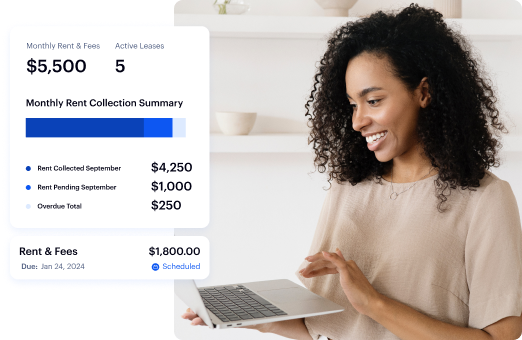

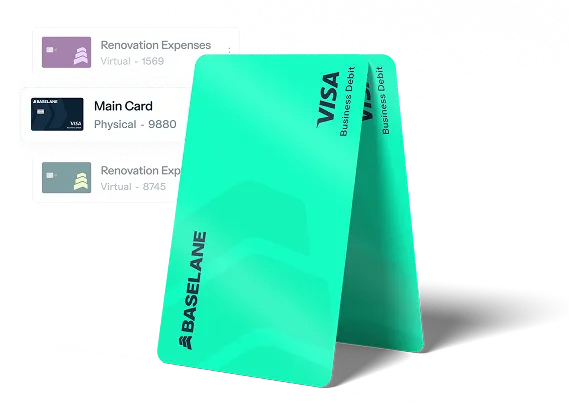


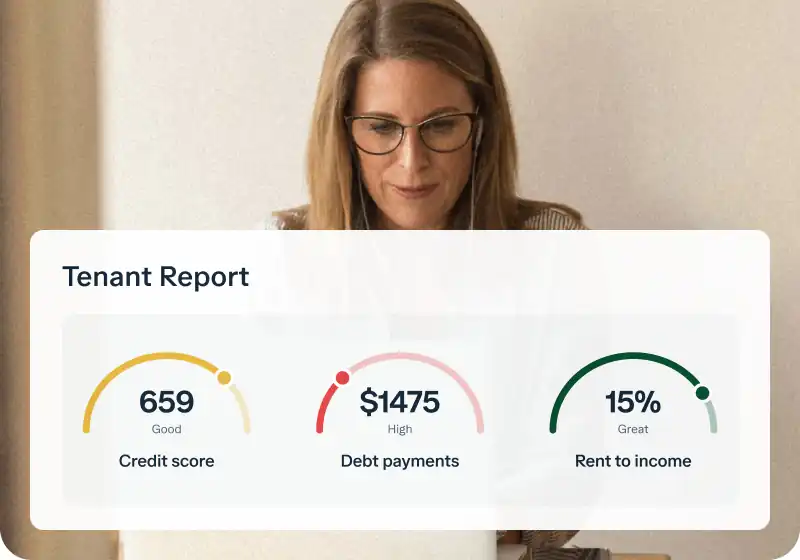


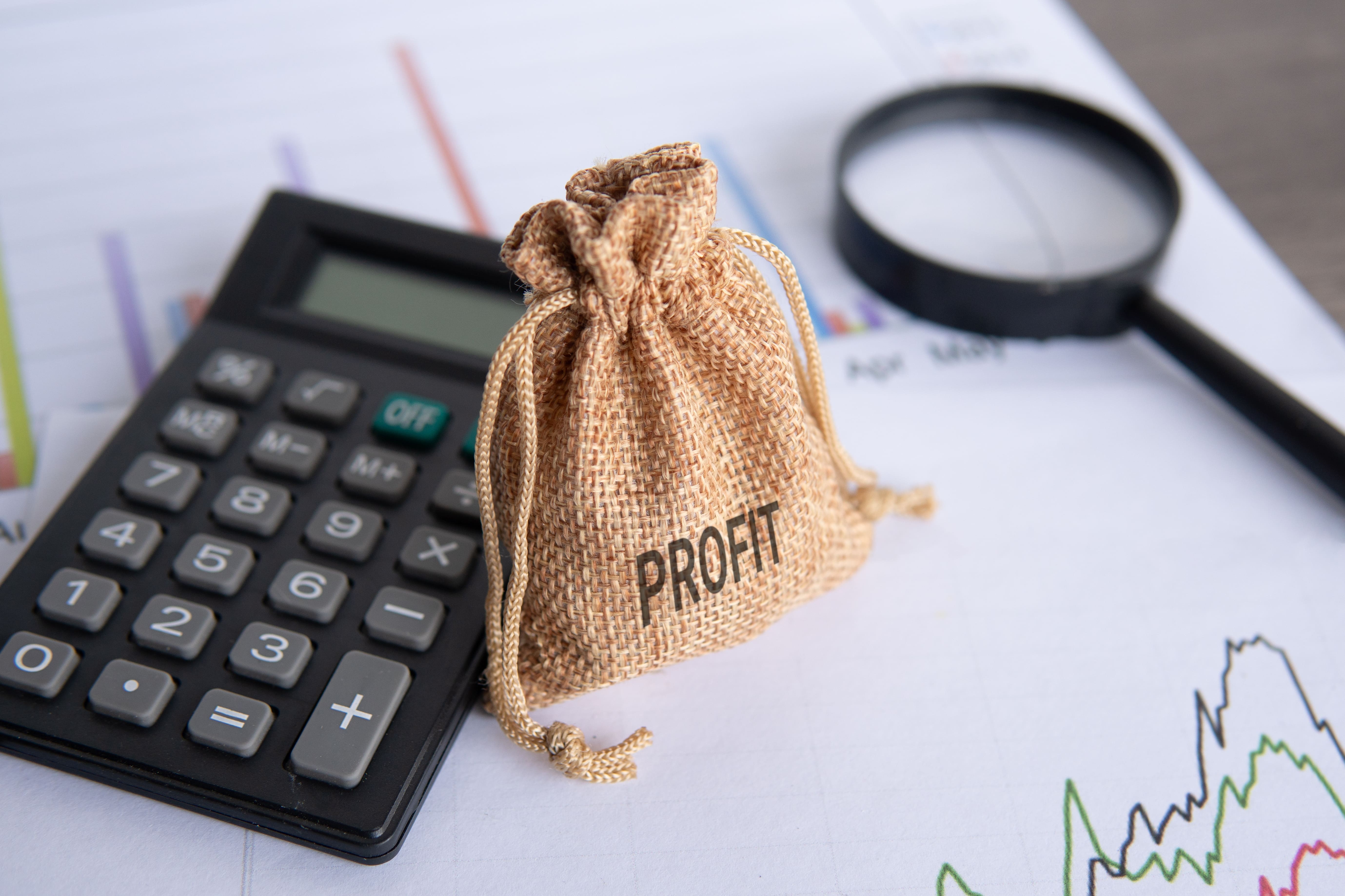
.jpg)

